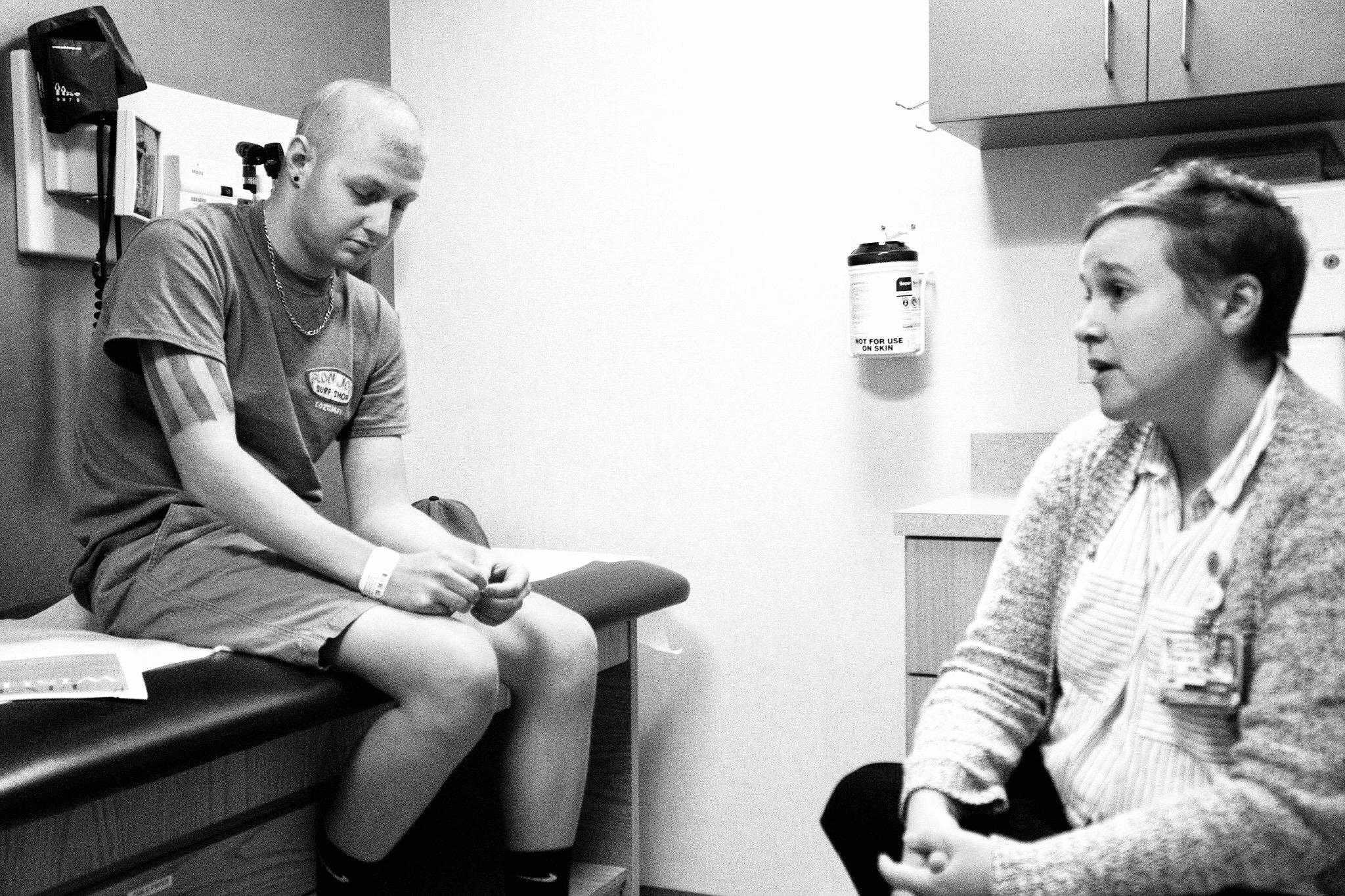Ewing Sarcoma Facts
Ewing sarcoma is a type of cancerous tumor that primarily affects the bones or the soft tissues surrounding bones. It most commonly arises in the legs, pelvis, ribs, arms or spine. Ewing sarcoma can metastasize (spread) to other parts of the body, including the lungs, bones and bone marrow.
Ewing sarcoma is the second most common type of bone cancer in children, after osteosarcoma, but it is considered very rare overall.
- Approximately 200 children and young adults are diagnosed with Ewing sarcoma each year in the United States.
- About half of all Ewing sarcoma cases occur in individuals between the ages of 10 and 20, though it can occur at any age.
- The incidence of Ewing sarcoma is slightly higher in boys than in girls.
- It is less commonly observed in African-American and Asian-American populations compared to other racial and ethnic groups.
- There is typically no family history of Ewing sarcoma, suggesting it is not inherited. However, in some cases, it can occur as a second cancer, particularly in individuals previously treated with radiation therapy for another condition.
Diagnosis usually involves imaging tests (such as X-rays, MRI or CT scans) and a biopsy to confirm the presence of cancerous cells. Symptoms of Ewing sarcoma may include pain, swelling and tenderness in the affected area, as well as possible limitations in movement.
- Swelling and soreness around the tumor area, which is often mistaken for a sports injury or common bumps and bruises. However, if the swelling and soreness persist or worsen without an apparent cause, further medical evaluation is warranted.
- A low-grade fever, which may initially seem to be caused by an infection, can sometimes accompany Ewing sarcoma.
- Persistent bone pain, especially pain that worsens during exercise or at night, can be a significant symptom of Ewing sarcoma and is typically not relieved by rest or over-the-counter pain medications.
- A tumor located on a leg bone can lead to limping or difficulty bearing weight on the affected limb.
The combination of chemotherapy, surgery and radiation therapy, tailored to the individual patient’s specific circumstances, forms the cornerstone of treatment for Ewing sarcoma.
- Chemotherapy is typically the initial step in treating Ewing sarcoma as it is crucial for shrinking the tumor before surgery and for eradicating any remaining cancer cells after surgery.
- Surgery plays a significant role in the treatment of Ewing sarcoma, usually following several weeks or months of chemotherapy to reduce the size of the tumor. The goal of surgery is to remove as much of the tumor as possible while preserving limb function whenever feasible.
- Surgeons may also perform reconstructive procedures, such as bone or tissue grafting, to replace diseased bone or tissue removed during surgery. In some cases, amputation may be necessary to ensure complete removal of the tumor.
- Radiation therapy may be used in combination with surgery and chemotherapy to further target and destroy cancer cells. It is often employed when surgery alone cannot remove all cancerous tissue or when the tumor is located in a critical or difficult-to-access area.
- Radiation therapy uses high-energy X-rays or other types of radiation to kill cancer cells or prevent their growth. It can be delivered externally using machines outside the body (external radiation) or internally using needles, seeds, wires or catheters placed directly into or near the tumor site (internal radiation).
When the cancer is localized, meaning it has not spread to other areas of the body, the long-term survival rate is typically around 70-75%.
If osteosarcoma has already spread to distant sites, such as the lungs or other bones, at the time of diagnosis, the long-term survival rate decreases significantly. In such cases, the long-term survival rate is around 30%.
Metastatic osteosarcoma is more challenging to treat due to the presence of cancer in multiple locations, making it less responsive to treatment and associated with a poorer prognosis.




